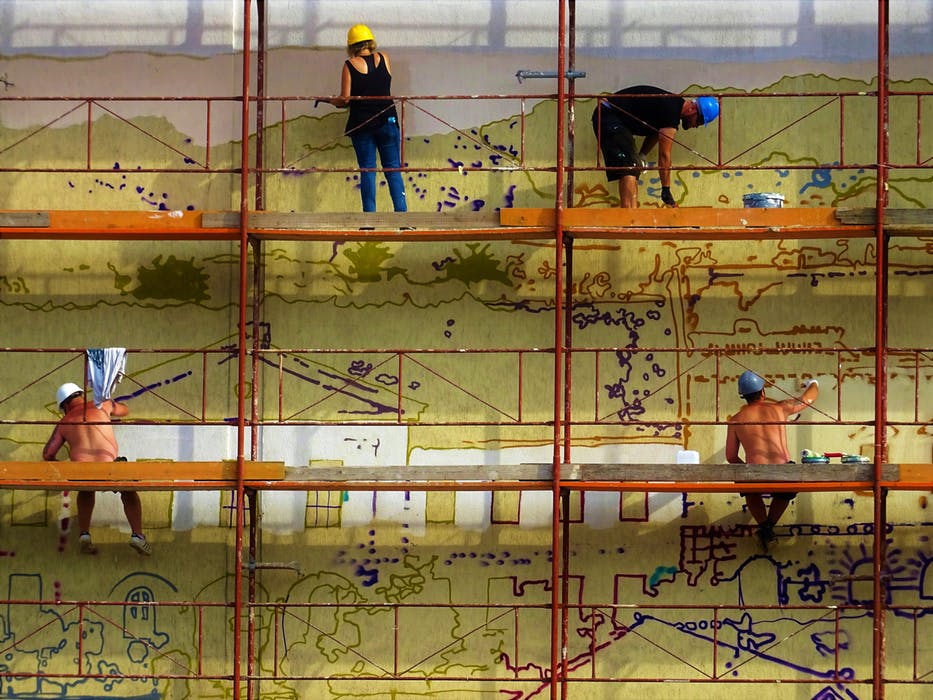There is nothing more important than user safety with scaffoldings, but these structures cannot be taken at face value.
In spite of their weight, the track record of the brand and the conditions of the local environment, there is still the chance that a single fault could see the entire development compromised.
Tradesmen and builders across the world have suffered from issues on sites where the support features have buckled under pressure.
Specialists can be trained for years to read the danger signs, but without an independent inspector reading the terrain and checking the right domains, the threat will still exist.
Here Mr Scaffold will outline how these inspectors ensure safety for participants.
Ease of Access and Exit
If there is any interruptions or blockages with scaffoldings when it comes to user access, that presents a danger. From the initial ladder that is used to the pathways that are offered on the planks between key points on the project, individuals should not be impeded when they have to venture from ground level to various heights within the project. If there is a need to hasten their decline to ground level, there should be appropriate ladder access points – a major asset if there is a spill or hazard that forces an emergency exit.
The Structure and Base
The strength of scaffoldings are sourced at the very base of the item. Without this foundation, it can be compromised on top of the terrain to cause a complete dismantling – creating accidents, injuries and even death. From the mudsills and baseplates to the posts and frames that offer support, the inspector will run an examination of the elements that give solidity when there is enough weight to pressure the product. The structure itself will require planks that are strong enough to withhold this type of foot traffic, taking into account the profile of the material and the nature of the project.
Capacity to Erect and Dismantle
The single fold scaffoldings are uniquely designed for low level development work as it can be easily packaged inside a vehicle. Others though are more complex and have multiple parts that have to be placed together as the structure is erected. The more steps and processes involved in this phase of the work, the higher the possibility of oversight taking place by the professional team. This will also apply to the dismantling phase as the restraints, boards, screws and planks are removed piece by piece. Accidents occur when there is a rush to erect or dismantle and a key element has been overlooked for the sake of convenience.
Hazardous Elements Within Proximity

Scaffoldings do become incredibly dangerous given the wrong type of environment. Situated around homes and buildings, there is every chance of coming into contact with an exposed electrical wire, maneuvering through asbestos ridden drywalls or being in an outdoor landscape where severe heat, rain and wind can take hold. Clear entry and exit points are essential as has been discussed, but these hazards have to be directly addressed before individual team members can be confident in carrying out their specific tasks.
ID Tagging
Inspectors will be doing more than taking a glance at scaffoldings if they have been marked with the appropriate identification tags. Offered a colour coded card that will illustrate whether or not this item has met industry standards, it will be signed and dated according to its specifications by the relevant inspector. Should there be occupational health and safety concerns for the product, then that will be detailed on the tags. No builder or trades professional will be left in any doubt about the viability and integrity of the scaffold as they either proceed with caution or wait until it has passed the threshold.
Summary
No participant should engage with scaffoldings until a certified inspector has run through these categories comprehensively. Some of these structures will require regular checks and updates whilst others will be for short-term projects.
